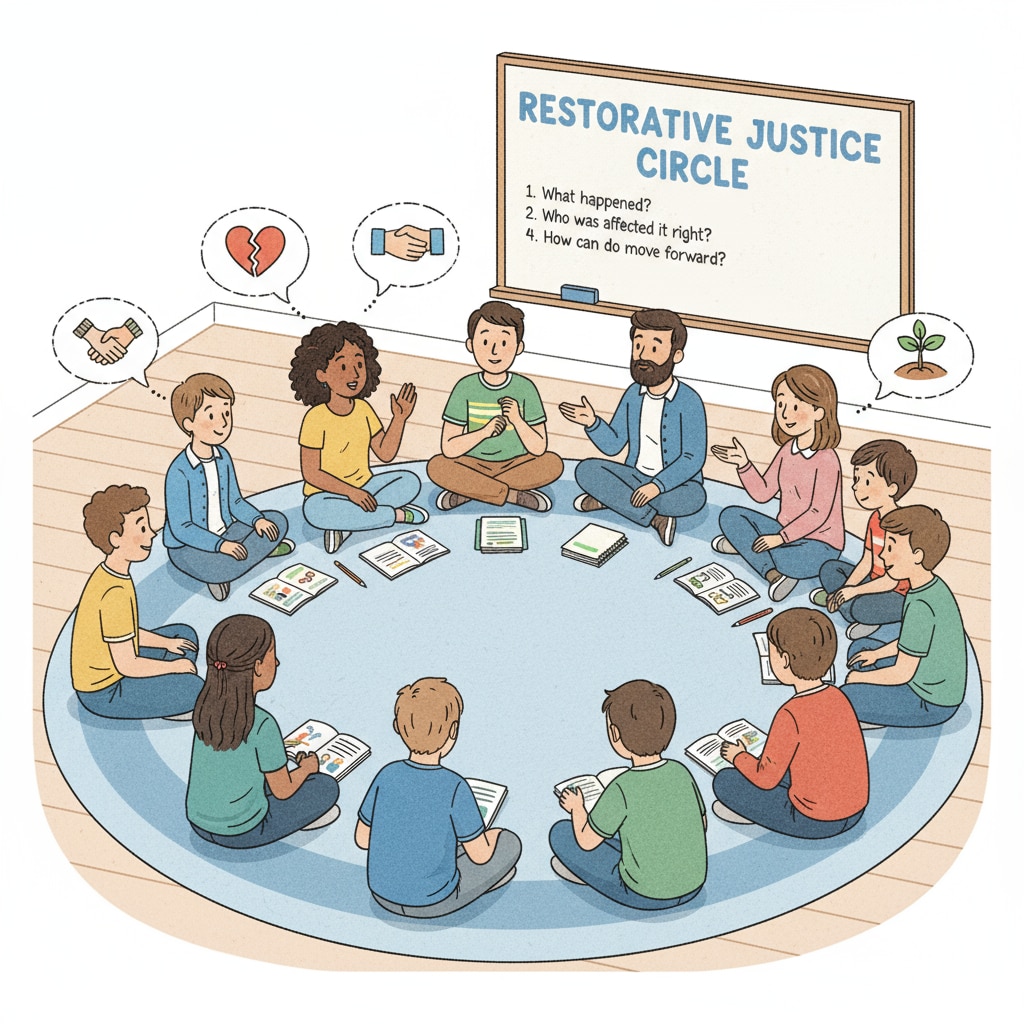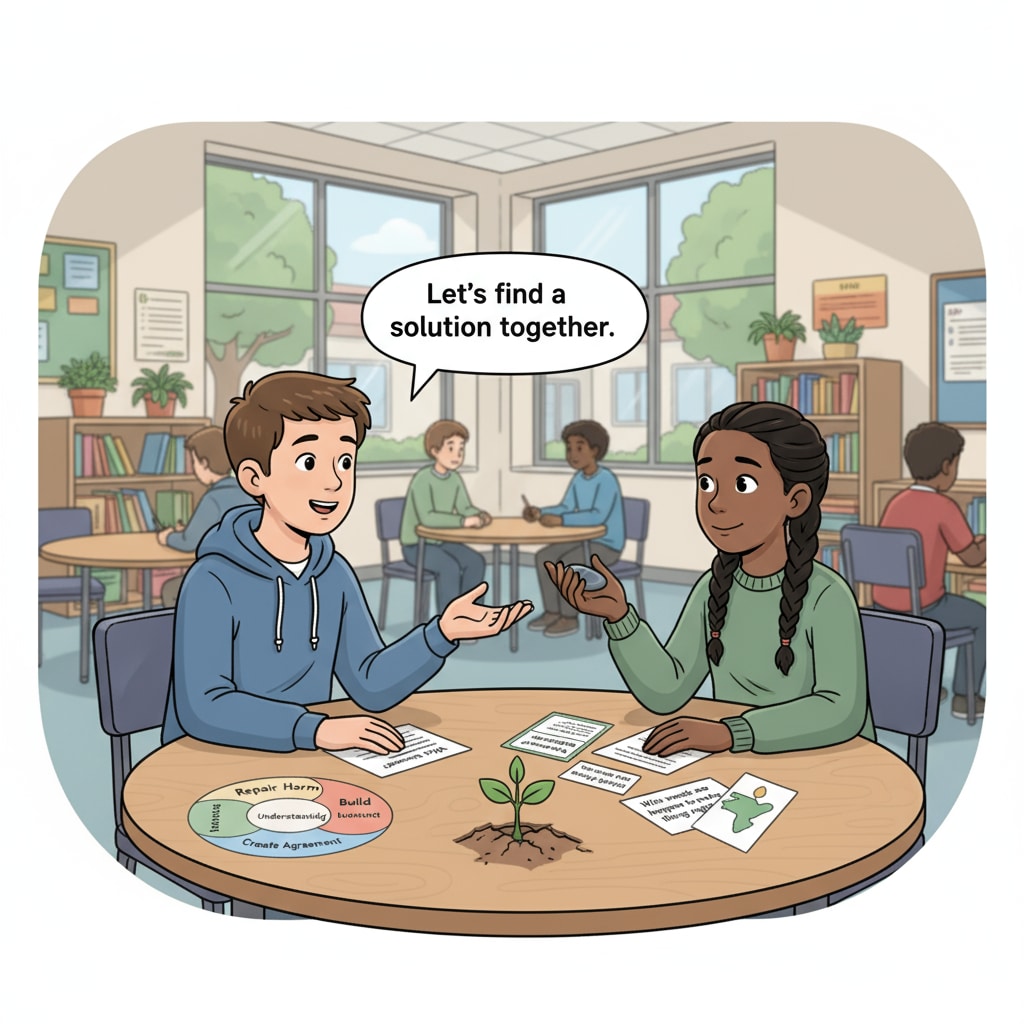Restorative justice, educational resources, and school implementation are crucial aspects of creating a harmonious school environment. In the context of K12 education, restorative justice offers a new approach to handling conflicts and building positive relationships.

As schools strive to foster an inclusive and supportive atmosphere, understanding the principles and practices of restorative justice becomes essential.
The Concept of Restorative Justice in Education
Restorative justice in education focuses on repairing harm caused by conflicts or misbehavior. Instead of punitive measures, it aims to involve all parties affected – the victim, the offender, and the community. For example, when a student bullies another, restorative justice encourages a dialogue where the bully understands the impact of their actions, and the victim gets an opportunity to express their feelings. This approach is based on the belief that everyone makes mistakes, and through dialogue and understanding, relationships can be mended. Restorative justice on Wikipedia

Resources for Implementing Restorative Justice in Schools
Educational resources play a vital role in implementing restorative justice. Staff training is a key resource. Teachers and administrators need to be trained in restorative practices, such as facilitating circle discussions, active listening, and conflict resolution. Additionally, there are various curricula and programs available that can be integrated into the school curriculum. For instance, some programs focus on teaching empathy and communication skills, which are fundamental to restorative justice. Another important resource is the support from the school community, including parents and guardians. Their involvement can reinforce the principles of restorative justice at home. Restorative justice on Britannica
However, implementing restorative justice also comes with its fair share of challenges. One of the main challenges is resistance from traditional disciplinary systems. Some educators may be accustomed to punitive measures and find it difficult to shift to a more restorative approach. Additionally, time constraints can be an issue. Restorative processes often require more time compared to traditional disciplinary actions, which can be a hurdle in a busy school schedule. Moreover, ensuring that all students feel safe and comfortable participating in restorative practices can be a challenge, especially in diverse school environments.
In conclusion, restorative justice in schools has the potential to transform the school culture. By effectively utilizing educational resources and addressing the challenges, schools can create a more inclusive, empathetic, and harmonious environment. It is a path worth exploring for educators who aim to build positive relationships among students and staff.
Readability guidance: The content uses short paragraphs and lists to summarize key points. Each H2 section provides a list of relevant aspects. The proportion of passive voice and long sentences is controlled, and transition words are added throughout the text for better flow.


